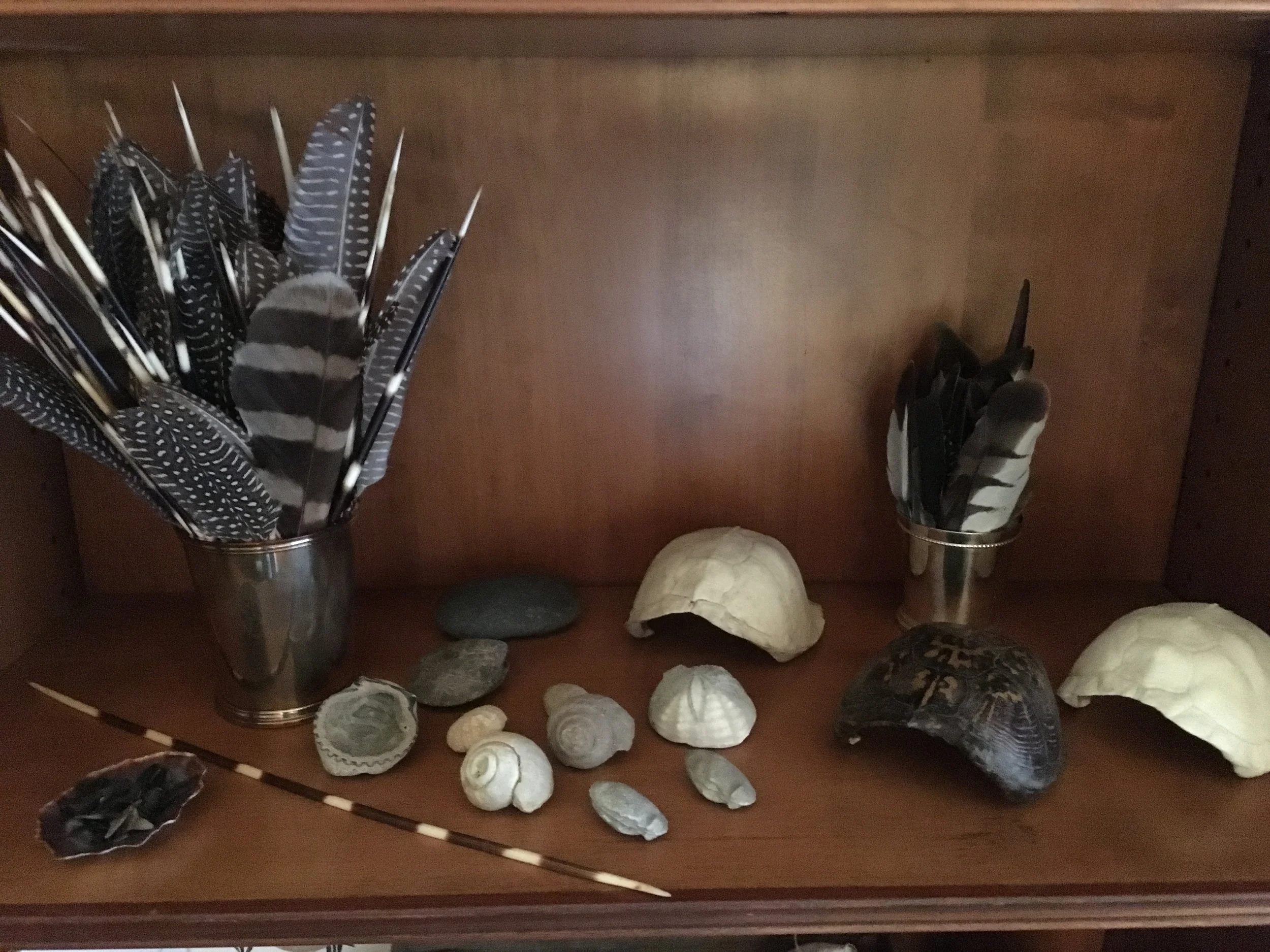“The Art of Clutter” in the WSJ (August 24-25) did more than catch my eye- it hooked me. I was certain that the writer had it all wrong. It’s not in clutter’s DNA to behave as art, no matter how skillful the artist. But the accompanying picture- a carefully curated collection of things the writer loved, told another story. Her display was artistic and lovely. It made me think she was someone I would like to know. And that’s not my usual response to clutter.
So, what’s up? The things in the picture were not clutter.
Clutter has at least four definitions, the first being the most important. Anything you do not use or love is clutter. Add to that, anything that is broken beyond repair, anything for which you do not have space, and finally, anything that’s “iffy” that would be very easy and inexpensive to replace should you ever decide you did need it.
The writer’s collection failed the test on every count. She clearly loved every piece. She knew the provenance of them all. None of it was in disrepair- the antique pieces had a much-admired patina. She had space for it all and none of it would be easy or cheap to replace. In fact, it was all irreplaceable. This was art but it was not clutter.
About the picture- it’s mine, not the WSJ writer’s. And mine’s not clutter either. There are feathers from all over the place. And porcupine quills from the Masai Mara in Kenya. And sharks’ teeth from Figure Eight. And turtle shells from our farm. And a smooth stone from Cape Cod. And fossilized shells from the Sinai Desert. In short, I know the provenance of each of these finds. I don’t hold my found treasures as a model of artistic design, but truth be told, if the individual parts are good, you don’t have to be very clever to make a good design. As the style maven, Gloria Vanderbilt said, “Decorating is autobiography.”
Get rid of the clutter. Find your good stuff and let it tell your story.

